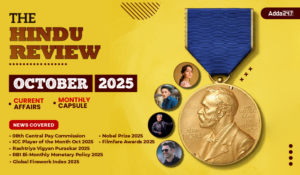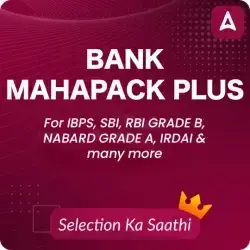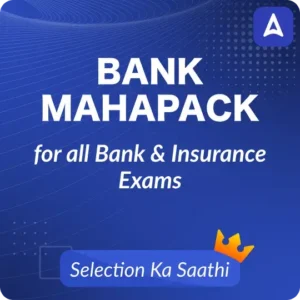Q1. J P Nadda, Union Minister of Health and Family Welfare reviewed the National Leprosy Eradication Programme and pursuant to that, Ministry of Health and Family Welfare has launched the biggest LCDC in the country. LCDC stands for?
Q2. Name the Tennis player, who has set a new record of most number of Grand Slam matches wins?
Q3. In which state Nuakhai, the agrarian mass festival of is being celebrated recently?
Q4. Rajasthan’s education department has partnered with US-based technology firm __________ to promote digital learning across the state using virtual digital room solutions.
Q5. On the occasion of the 55th Teachers’ Day Assam, CM Sarbananda Sonowal has inaugurated Asia’s biggest digital library dedicated to the memory of Dr. APJ Abdul Kalam, former President of India, in ………….?
Q6. The United Kingdom (UK) has appointed an ambassador to ________ for the first time since 2011.
Q7. World’s oldest cricketer, Lindsay Tuckett, passed away in Bloemfontein at the age of 97. He played for which country?
Q8. Name the young Indian racer, who created history by becoming the first Indian racer to win the Asian Karting Champion Championship recently?
Q9. India and _________ have expanded their Preferential Trade Agreement with both offering to lower or eliminate tariffs on a number of items traded with each other.
Q10. For the first time which organisation will provide funds to the Central Government to fund irrigation projects?
Q11. Name the person who has become the first Asian to be awarded the prestigious “Heritage Heroes Award” by the International Union for Conservation of Nature (IUCN).
Q12. Which state has declared Ankasamudra tank as a bird conservation reserve recently?
Q13. Name the bollywodd actor, Who roped in as brand ambassador of Arunachal Pradesh.
Q14. India’s batting maestro Virat Kohli held on to the number two position in the latest ICC ODI rankings for batsmen released. Who is the number-one ranked ODI batsman?
Q15. Name the Information Technology (IT) majors company, which has announced that it has partnered with Thanjavur-based Shanmugha Arts, Science, Technology & Research Academy (SASTRA) Deemed University to train over 2,000 teachers from Tamil Nadu on digital teaching methods, and also set up a teacher’s training centre at the varsity campus?



 Daily Current Affairs: 8th November, 202...
Daily Current Affairs: 8th November, 202...
 The Hindu Review October 2025, Download ...
The Hindu Review October 2025, Download ...
 Daily Current Affairs Quiz: 7th November...
Daily Current Affairs Quiz: 7th November...








